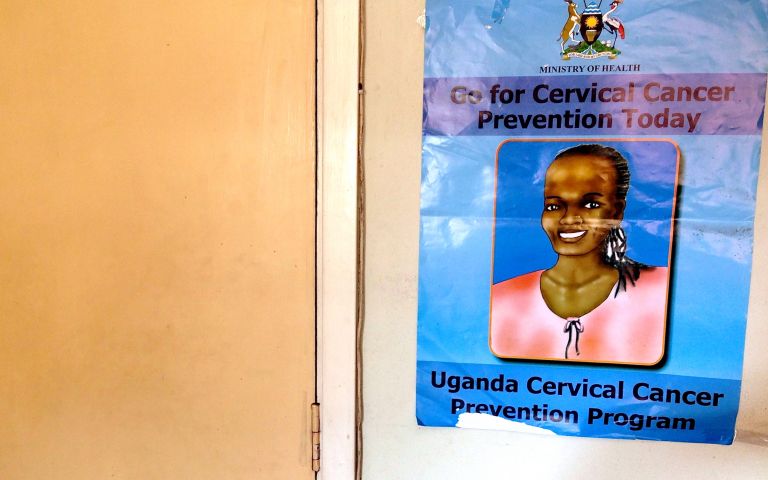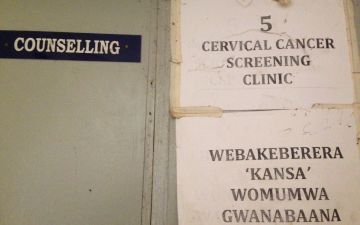Uganda has one of the highest incidence rates of cervical cancer in the world. According to the National Center for Biotechnology Information (NCBI), cervical cancer is the most prominent of all cancers in sub-Saharan Africa. In Uganda, 40 percent of all cancers are attributed to cervical cancer and it is the leading cause of death of all cancers that affect Ugandan women.
The country has received increasingly more attention from its government and from international donors with respect to the prevention and treatment of cervical cancer. The Ugandan Ministry of Health is promoting nationally-supported preventive measures, such as HPV vaccinations to school-aged girls and routine post-natal cervical screens. However, persistently high rates of cervical cancer diagnoses and deaths suggest that many gaps remain in the effective management of this disease in Uganda.
The issue of cervical cancer in Uganda—and in other resource-scarce countries—raises many questions. Why, despite widespread knowledge of how to prevent, detect and treat it, is the disease burden of cervical cancer so high? Why aren’t philanthropic organizations more forthcoming with funding for prevention efforts like those required to address cervical cancer?
Eighty percent of cervical cancer diagnoses are presented in the late stages of the disease. Why is there a dearth of therapeutic options for these women?
Pulitzer Center student fellow Sascha Garrey, a graduate of the Boston University School of Public Health, travels to Uganda to examine cervical cancer prevention and treatment.







